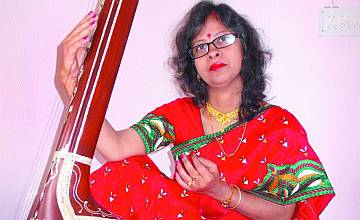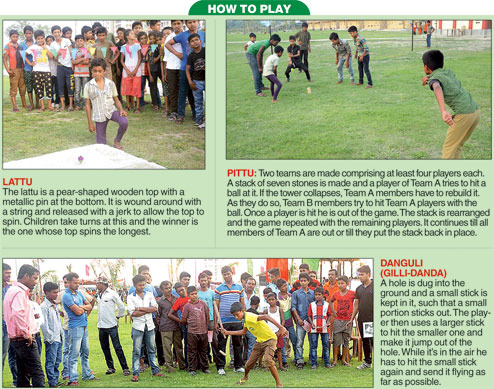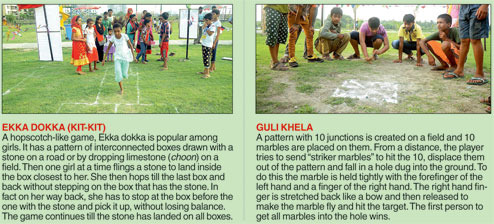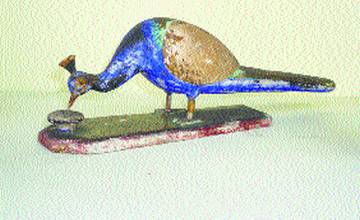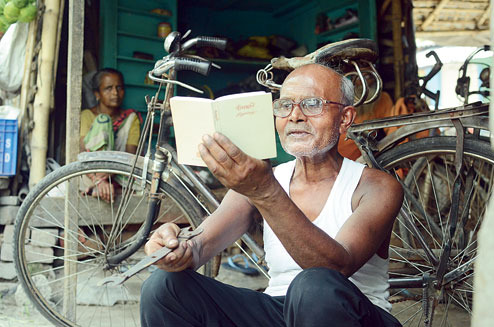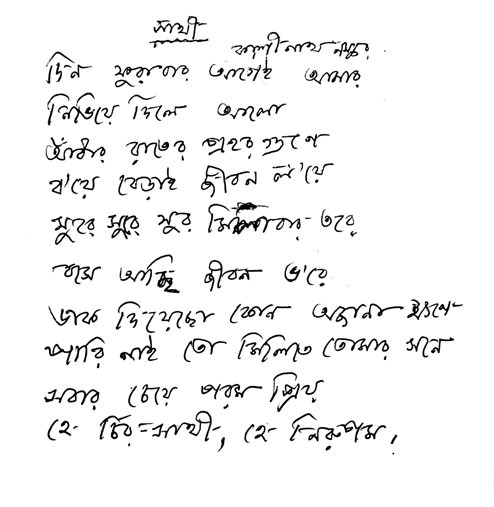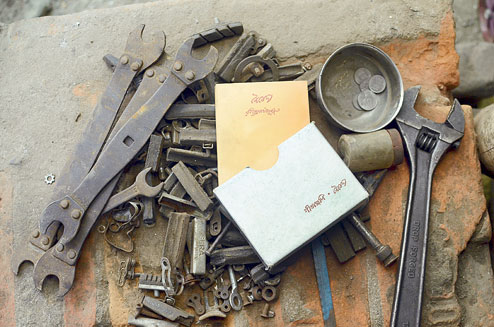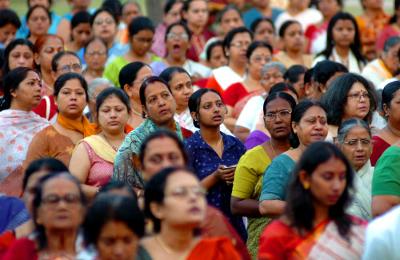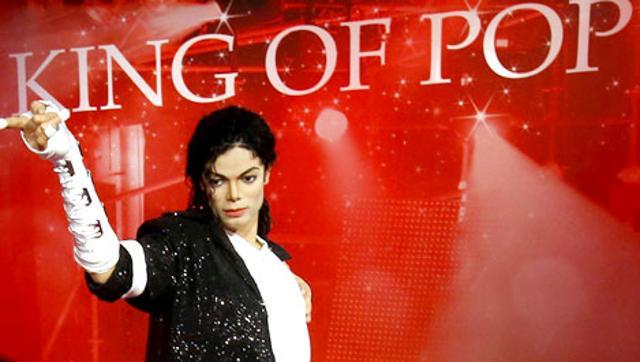Since the dawn of Indian civilisation, music has been an integral part of our culture as is amply evident from our ancient scriptures. Music became popular through instruments seen in the hands of gods and goddesses — be it Lord Krishna playing the flute, Saraswati playing the veena and mesmerising the world with her recital or Lord Shiva dancing to the beat of the mridangam played by Ganesha or his bull, Nandi.
From 1500 BC onwards, classical music penetrated our roots and it only gained momentum during the Mughal Period when Mia Tansen adorned the court of Emperor Akbar as one of the “nine gems”. It is said that Emperor Akbar himself sang in Dhrupad style, rich in texture and solemn in mood — famed to be the genre of classical music that awakens the soul of the performer.
Keya Banerjee is one of the exponents from the younger generation of the Dagar Bani School who resides in Dab gram, Siliguri. It is her mission to spread classical music among children, motivate them to take up music as their profession and build their character by inculcating the values of tolerance and unity. She believes violence can be shunned and peace of mind achieved by practicing classical music.
Banerjee has recently launched her CD entitled Naad Brahma — all about prasing the divine — by Bihan music at the International Dhrupad Mela in Banaras.
Along with her husband Sanjay Banerjee who is an established Pakhawaj exponent having performed across the country, the couple have opened up their music academy called Gurukul Academy Sangeet Vidyalaya.
Banerjee says, “Classical music is a legacy which we are trying to acquire and pass on to the future generation. It is aimed at the betterment of society and upholding our culture and musical tradition. Like nature that is so bountiful in North Bengal, we have many talented children who wonderfully sing classical tunes but are unfortunate as they have no specialised voice trainers for guidance.
“Even I faced the same problem but am very grateful to my guru from Dagar Gharana, Kaberi Kar, Ustad Rahim Fahimuddin Khan Dagar sahab, Manojit Mallick and Dilip Karmakar for their taalim, care and blessings.
Whatever I have achieved it is all because of them. My album is a humble tribute to my parents who inspired me in classical music, my teachers who made me what I am today and of course, my husband Sanjay who has always encouraged me. I am also indebted to the young children who perform so well in our classical programmes which Sanjay and I conduct in our residence. We invite reputed artists to build a positive environment of promoting classical music among youngsters.
We came to Siliguri in 2011 and since then have been trying to promote this culture. In 2015, we conducted three classical musical programmes from our residence and now, would like to award the children who performed well in those programmes.”
With this perspective, Banerjee and her husband Sanjay are going to organise an evening dedicated to classical music on 24 April at Jatio Yubak Sangha Club in the city where not only artists of repute but young talents will get to perform. Lovers of classical music are also invited to feast their ears on soothing strains that will transport them to a state of bliss.
Speaking about her vision, Banerjee said that it is two-fold — first, to assist her husband in providing a platform to young children for showcasing their talent in classical music, guiding them to acquire the requisite skill and motivate them with awards so that they can consider taking up the profession seriously and to make them aware of the different opportunities that are available to young classical vocalists through scholarships provided by the government as well as different NGOs. “It would be also our effort to provide opportunities to children by getting them to perform in different music festivals, and competitions. That would enable them to fully realise their potential,” she said.
Her second aim is, of course, personal development as an artiste of repute and spreading her wings in the international arena where she would like to be remembered as a performer who served the form with all her heart.
Banerjee believes that in this age of stiff competition, stress is inevitable and the strains of classical music can act as a succor for rejuvenating tired minds. It is the medicine for building up strong willpower and become reflective while performing duties with grace.
She is fond of singing in the Dhrupad style, which speaks of the devotee’s wish to reach the divine. Naada Brahma puts the artiste in the role of a devotee singing with effusive praise for Lord Shiva with compositions in chautal, rag multani and rag shankara in Dhamar composition.
Banerjee is working at Subhasini Girls High School, Malbaazar, as an assistant teacher in music. She loves her job as it affords her chances of futhering her mission in life. She also fondly recalls her days in Shantinikeatan where she attained a post graduate degree in music.
